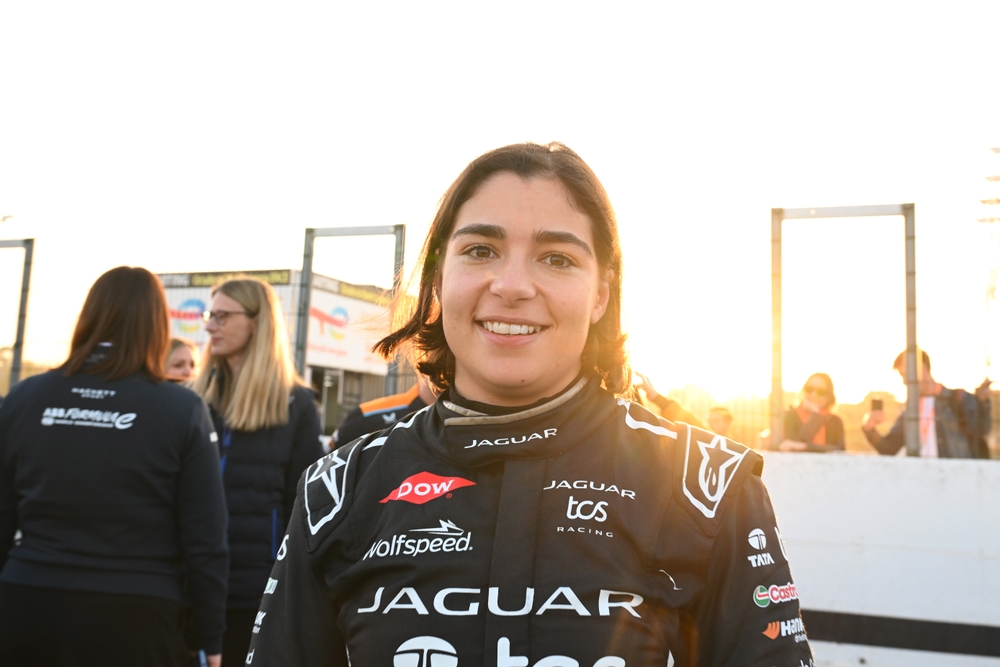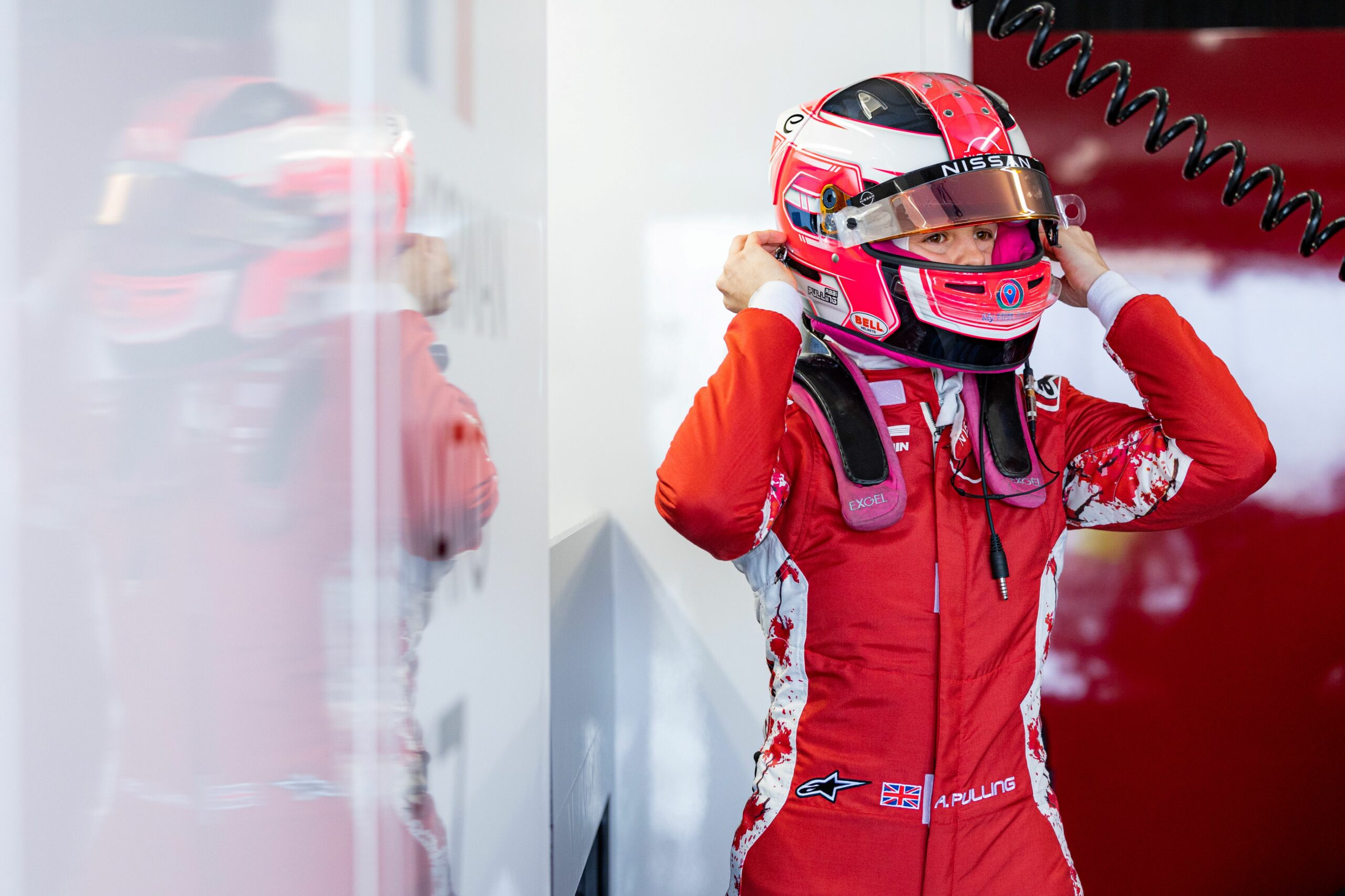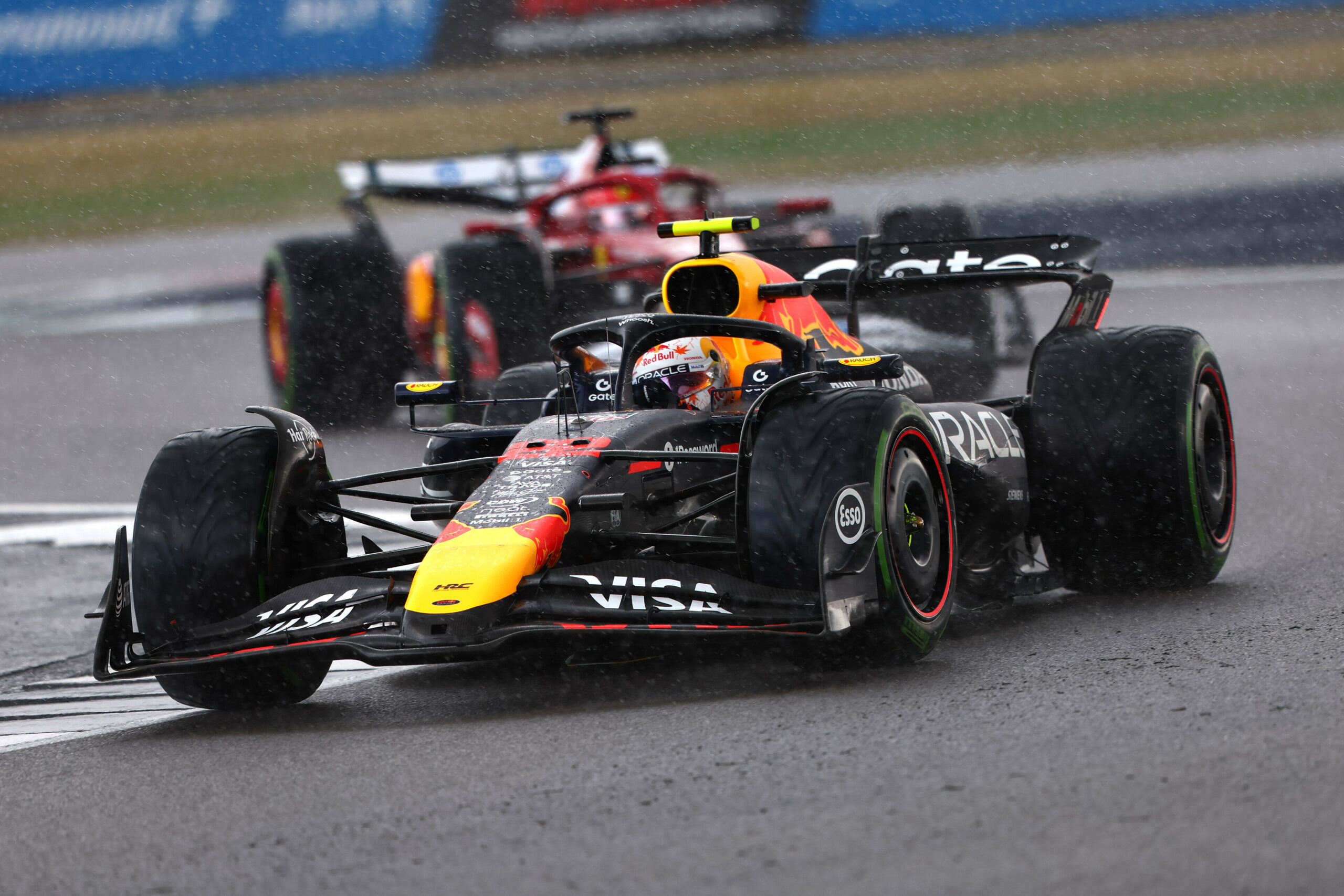By Lenny Sundahl
This is part of a recurring series looking back 20 years at one of the more eventful seasons in recent Formula 1 history. Amidst the dominant run of Michael Schumacher and Ferrari, 2003 stood out not just as the one season of his five straight titles where Schumacher was seriously challenged all season, but as a marker for several trends that shaped Formula 1 into what it is today.
Renault would make the biggest splash heading into the Malaysian Grand Prix, locking out the front row and putting Fernando Alonso on pole in just his second race with the team, becoming the youngest ever Formula One polesitter in the process. Behind him and Jarno Trulli were the last two race winners, David Coulthard and Michael Schumacher, but neither would be much of a factor in the race.
At the start, Schumacher would make contact with Trulli heading into turn 2, sending both to the back of the field. Coulthard would continue unscathed, only to retire on lap three with an electrical failure in his McLaren. By this point Alonso had taken advantage of the chaos behind to stretch out to a five-second lead over, avoiding the same chaos after starting back in seventh, McLaren’s Kimi Raikkonen.
Alonso would lead for the first 13 laps, but would come in relatively early, owing to another wrinkle of 2003 strategy: for this season, cars had to qualify with their opening race fuel loads. The front row lockout that Renault put together–the first for this team, in any incarnation, since 1986–was accomplished in a way that would have required extra-fast, light-fuel laps at the start to build enough of a lead to stay ahead once everyone cycled through.
Alonso’s lead was ceded to Raikkonen, who came in at lap 20 and, despite the extra fuel, had kept strong enough pace with the Renault to come out ahead of Alonso. Raikkonen’s McLaren reclaimed the lead when Rubens Barrichello brought his Ferrari in for its first stop three laps later.
Meanwhile, the two cars involved at the start started to work their way forward. Trulli was back into the points by lap 9, while Schumacher–who also had to serve a drive-thru penalty–would reach the points as the cars began cycling through their pit stops on lap 23. His next stop would drop Schumacher back out of the points, but as he and Barrichello’s Ferraris were able to stay out that extra bit longer, Barrichello would jump Alonso for second place after the Renault came in on lap 35, while Schumacher would get around both Trulli and the BAR of Jenson Button to get all the way up to fifth place before his own stop at lap 44 put him behind Trulli in seventh. With five laps to go, he got one more shot at Trulli when the Italian spun, but collected himself and was able to successfully defend against the Ferrari.
There was relatively little drama beyond this, as Raikkonen opened up a sizable enough lead to return from his final pit stop on lap 40 still ahead of Barrichello, and took his very first Formula One win by over 39 seconds–nearly half a lap–ahead of the Brazilian, nearly moving the typically businesslike Ron Dennis to tears in the process.

Photo: McLaren Racing
Alonso had to be content with third place, as well as being not only the youngest ever polesitter, but also the youngest ever lap leader.
Raikkonen was 14 months older than Bruce McLaren for his first win–but Alonso was, at this point, seven months younger, and would get his chance to reach the top step soon enough…




